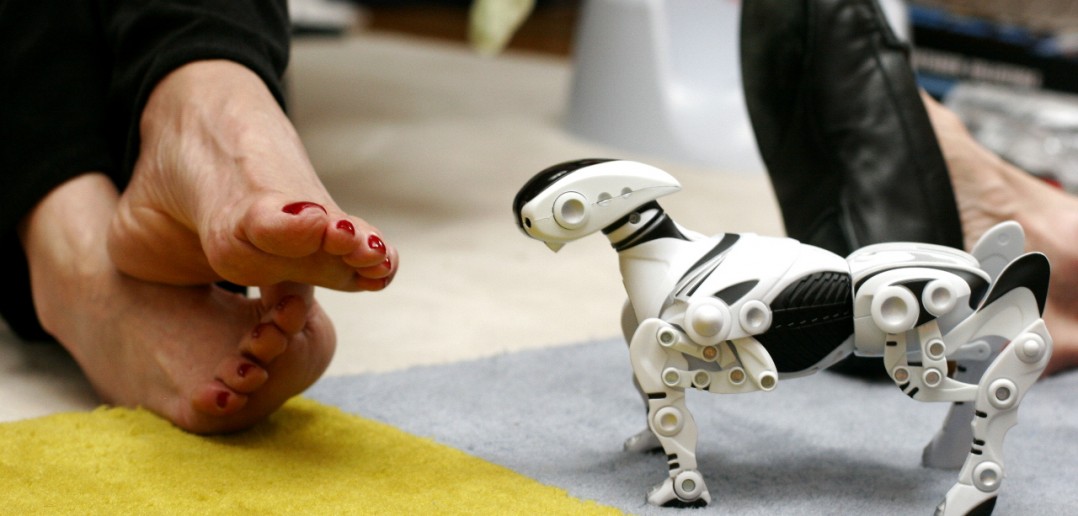Whether you’re a pet owner, or just pet-curious, you might be wondering whether robot pets can ever be as good as the real thing. Every year, a new ‘fake fluffy’ seems to appear on the market, and whilst they might be ideal for small children, can they really provide happiness to an adult owner?
The advantages of robo-pets
Let’s start by looking at the pros of owning a robotic pet. Firstly, they don’t need feeding (unless you’re looking at an old-school Tamagotchi) or exercising, and there’s no mess to clean up if they have a little accident. This could save you a small fortune in time and money, but then it all depends on how much your robo-pet sets you back in the first place.
They won’t get lonely or go hungry if you jet off on holiday or spend the night at your partner’s house. Plus, for younger children who are prone to prodding, chewing and taunting anything smaller than themselves, an electronic equivalent robot pet for kids can often be the safest option for both child and animal.
Scientific research also indicates that robot pets, like Sony’s AIBO, can benefit humans. AIBOs were tested in nursing homes, where their residents showed reduced feelings of loneliness and depression after interacting with them. Petting these creatures also caused a reduction in the human stress hormone, cortisol.
The advantages of real pets
However realistic some robo-pets are, owning a real pet can have significantly more advantages. Firstly, let’s look at the sensible stuff. They can teach children, teenagers and adults alike a lot about responsibility. They can also help young children to understand and accept death as a natural occurrence, giving them vital experience in dealing with the passing of loved ones in later life.
On a lighter note, nothing but a real, live animal can give you the same warmth, companionship, affection, and even scent (don’t forget to give the dog a bath now and then!).
Cats, dogs, and small furries have their own distinct personalities unlike their electronic equivalents, who may learn not to keep bumping into furniture, but are unlikely ever to develop individual character traits in the same way as animals. They can also make their own decisions, which can be both a good thing and a bad thing. For example, if you were to take your dog’s lead off and he decided to run away, that would be bad. However, if you had befallen a nasty D.I.Y. accident and were pinned under the new IKEA wardrobe without your phone, your canine friend might be your only hope of getting help.
What next?
Of course, we all remain curious about where technology will take us next, and there are several interesting developments on the horizon in the robotic pet world. Many scientists and manufacturers are increasingly exploring the possibilities of using electronic pets for therapy purposes, like the Japanese Mental Commitment Robot, ParoRobots.com.
However, we, along with millions of other animal-lovers across the world, don’t believe that robots will be replacing our favorite furry friends any time soon.
Featured Image Credit – robopet by seahndreilinger on Flickr.





1 Comment
Isn’t it a little bit absurd that you got a robotic pet instead of real pet? It seems weird to me n I’m gonna never ever be the owner of a robotic pet.